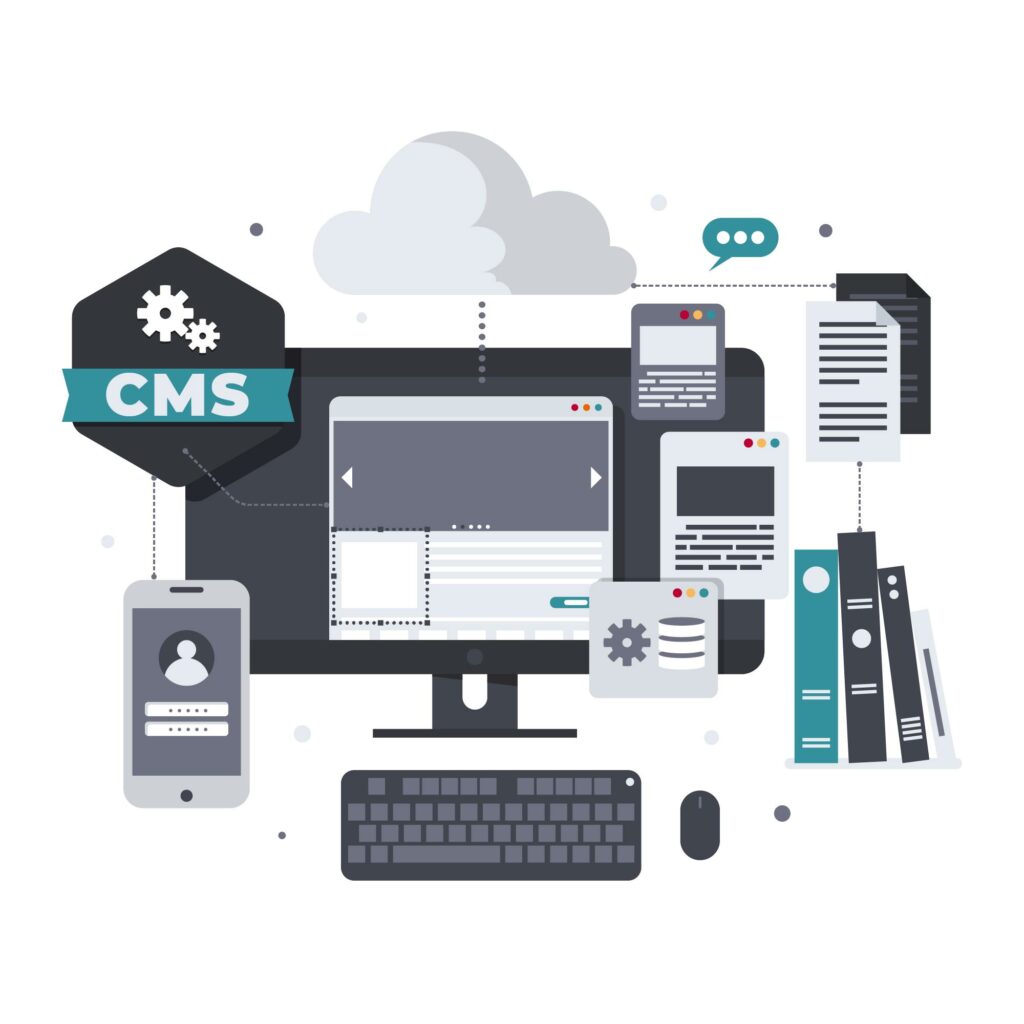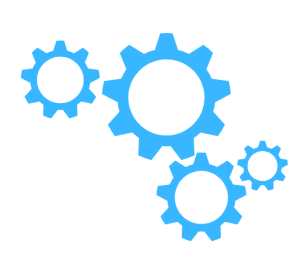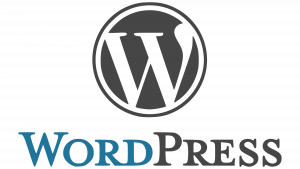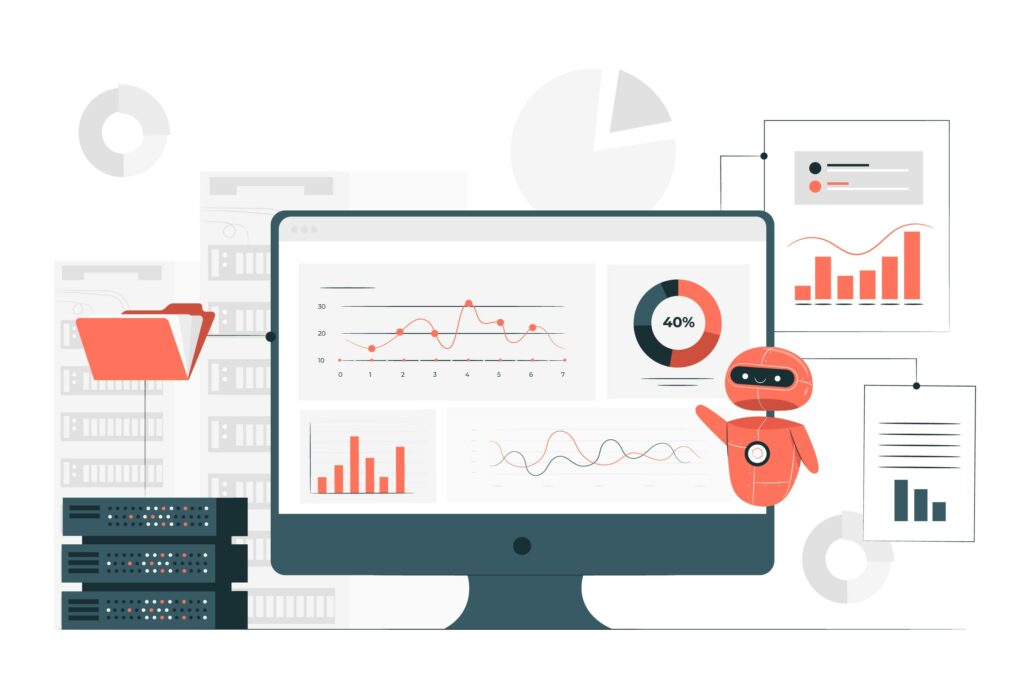What is a WordPress Maintenance Plan and Why is It Important?
It is important to understand more about WordPress Maintenance Plans and Their Importance: Ensure website security, updates, and performance with expert care and protection.A WordPress maintenance plan is a comprehensive service designed to keep a WordPress website updated, secure, and functioning at its best. These plans encompass various aspects of website management, enabling owners to concentrate on content creation and business development while professionals manage the technical details.

Different types of WordPress maintenance plans cater to various needs and budgets. Below is an overview of common types of these plans:
1. Basic Maintenance Plan
The Basic Maintenance Plan includes essential services necessary for the smooth operation of a WordPress site. Key features typically consist of:
Key features typically consist of:
- WordPress Core Updates: Regular updates to the core software for enhanced security and performance.
- Plugin Updates: Keeping all installed plugins current to prevent compatibility issues and security risks.
- Backups: Daily or weekly backups to safeguard data, allowing for quick restoration if necessary.
- SSL Certification: Ensuring the website is secured with SSL certificates.
- Uptime Monitoring: Tracking the site’s availability to ensure it remains accessible at all times.
2. Standard Maintenance Plan
The Standard Maintenance Plan expands on the Basic Plan by incorporating a wider range of services. Typical features include:
- All Basic Plan Features: This includes everything offered in the Basic Maintenance Plan.
- Performance Optimization: Conducting regular audits and enhancements to improve site speed and user experience.
- Security Monitoring: Increased frequency of security checks and malware scans to protect the site.
- Content Updates: Support for minor content modifications or updates as required.
- Support Services: Access to assistance for troubleshooting any issues that may arise.
This plan is designed for those who require more than just basic maintenance, providing a more thorough approach to website management.
3. Advanced Maintenance Plan
The Advanced Maintenance Plan is tailored for businesses that need extensive support and advanced features. It generally includes:
- All Standard Plan Features: This encompasses all the features found in the Standard Maintenance Plan.
- Advanced Security Measures: Implementation of real-time monitoring, intrusion detection, and more frequent vulnerability scans to enhance security.
- Google Analytics Setup: Complete setup of Google Analytics for monitoring website traffic and performance metrics.
- Staging Environment: A staging site for testing updates and changes prior to going live, ensuring that no disruptions affect the live site.
- Custom Development Hours: A specified number of hours each month allocated for custom development or design modifications.
This plan is ideal for organizations seeking a comprehensive approach to website management, providing robust security and performance tracking.
4. E-commerce Maintenance Plan
E-commerce sites benefit from specialized maintenance plans tailored to their specific requirements. These plans typically include:
- All Advanced Plan Features: This encompasses all the features available in the Advanced Maintenance Plan.
- Payment Gateway Monitoring: Ensuring that payment processing systems are operating correctly and securely.
Product Updates and Management: Assistance with adding new products or managing existing inventory.
- Compliance Checks: Regular assessments to ensure adherence to regulations such as GDPR or PCI DSS.
This plan is designed to address the unique challenges faced by online stores, ensuring that they remain functional, secure, and compliant with industry standards.
5. Custom Maintenance Plans
Many service providers offer the flexibility to create Custom Maintenance Plans, allowing clients to choose specific services that align with their individual needs. This adaptability can include:
- Tailored Services: Customized combinations of updates, backups, security measures, and performance optimizations.
- Service Frequency: Specific scheduling of services based on traffic patterns or unique business requirements.
- Additional Offerings: Options for extra services such as SEO optimization, content management, or marketing support.
This package is suitable for business that require specific needs that donot comply with the standard packages. The package will provide a personalized approach to website maintenance.
Key Components of a WordPress Maintenance Plan

1: Regular Updates
Core Updates:
Keeping the WordPress core updated is vital for maintaining both security and functionality. WordPress frequently releases updates to fix bugs, patch security vulnerabilities, and introduce new features. Neglecting these updates can expose a site to potential threats and operational issues.
Theme and Plugin Updates:
Regular updates to themes and plugins are necessary to ensure compatibility with the latest version of WordPress and to address any security flaws. An effective update process reduces the risk of conflicts that could lead to site malfunctions.
2: Backups
Regular backups are essential for data recovery in case of data loss due to hacks, server failures, or other unexpected issues. Implementing automated backup solutions ensures that backups occur consistently without requiring manual intervention, allowing for quick restoration of the website when needed.
3: Security Monitoring
Continuous security checks are crucial for identifying vulnerabilities before they can be exploited by malicious actors. This includes scanning for malware, monitoring suspicious activity, and implementing firewalls. A proactive security strategy is key to protecting sensitive data and maintaining user trust.
4: Performance Optimization
Conducting regular performance audits helps identify factors that affect site speed and overall user experience. This may involve optimizing images, implementing caching strategies, and performing database maintenance. A well-optimized site not only enhances user satisfaction but also improves search engine rankings.
5: Support Services
Providing ongoing support enables quick resolution of any issues that arise, ensuring minimal downtime and maintaining user satisfaction. This support can encompass troubleshooting technical problems, answering user inquiries, and offering guidance on best practices.

These key components form the foundation of an effective WordPress maintenance plan, ensuring that websites remain secure, efficient, and user-friendly.
Benefits of a WordPress Maintenance Plan
Implementing a WordPress maintenance plan is crucial for any website owner or agency managing multiple sites, as these plans offer a structured approach to maintaining a website’s health and performance.
Enhnaced secruity
- Regular Updates: Consistent updates significantly lower the risk of security breaches by promptly addressing vulnerabilities. WordPress frequently releases updates for its core software, themes, and plugins to fix security issues. A maintenance plan ensures that these updates are applied regularly, minimizing exposure to potential threats.
- Proactive Security Measures: Maintenance plans often include security monitoring services that scan for malware, detect unauthorized access attempts, and implement firewalls to block malicious traffic. This proactive strategy helps protect sensitive data and maintain user trust.
- Backup Solutions: Regular backups are essential for security. In the event of a breach or data loss, having recent backups enables quick recovery without extensive downtime.
A WordPress maintenance plan not only enhances security but also provides peace of mind by ensuring that websites are consistently monitored and updated, allowing owners to focus on their core business activities.
Improved Performance

Ongoing optimization efforts are essential for maintaining fast load times and a seamless user experience, which are critical for enhancing SEO rankings.
- Speed Optimization: A well-maintained website loads more quickly, improving user experience and decreasing bounce rates. Maintenance plans typically include techniques such as caching, image optimization, and database cleaning to ensure optimal performance.
- Regular Performance Audits: These audits help identify bottlenecks that may be affecting site speed. By regularly assessing performance metrics, necessary adjustments can be made proactively to keep the site operating efficiently.
- SEO Benefits: Search engines prioritize fast-loading websites in their rankings. By enhancing site speed through regular maintenance, websites can achieve better visibility in search results.
A focus on improved performance through regular maintenance not only enhances user satisfaction but also positively impacts search engine rankings, ultimately driving more traffic to the site.
Time Savings
Outsourcing maintenance tasks enables business owners to concentrate on core activities rather than the technical aspects of upkeep.
- Delegation of Routine Tasks: By handing over maintenance responsibilities to professionals or automated systems, website owners can focus their time on strategic growth initiatives instead of being overwhelmed by technical issues.
- Structured Maintenance Schedule: Maintenance plans offer a clear timeline for updates and checks, minimizing the need for ad-hoc interventions that can disrupt workflow and consume valuable time.
Utilizing a maintenance plan not only streamlines operations but also allows business owners to dedicate their efforts to driving growth and innovation.
Cost Efficiency
Preventive maintenance can lead to significant savings over time by avoiding expensive repairs that result from neglect.
- Avoiding Major Issues: Regular maintenance allows for the early identification and resolution of minor problems before they develop into major issues that necessitate costly repairs or complete overhauls.
- Reduced Downtime Costs: A well-maintained website experiences fewer outages and performance issues, which means less revenue loss during periods of downtime. The expense of implementing a maintenance plan is often far outweighed by the savings achieved through the prevention of significant disruptions.Investing in a WordPress maintenance plan not only enhances the longevity and performance of a website but also proves to be a cost-effective strategy for business owners.
Better Client Relationships
For agencies managing multiple websites, a structured maintenance plan fosters trust with clients by showcasing reliability and technical expertise.
- Consistent Communication: Regular updates regarding site performance and security status can bolster client confidence in the agency’s capabilities. Clients value being informed about ongoing work and improvements.
- Demonstrated Expertise: A robust maintenance plan highlights an agency’s commitment to providing quality service. By effectively managing clients’ websites, agencies can cultivate long-term relationships built on trust and satisfaction.
Value Addition: Offering comprehensive maintenance services positions an agency as a valuable partner rather than just a service provider. This approach can lead to increased client retention and referrals.
Implementing a structured maintenance plan not only enhances operational efficiency but also strengthens client relationships, ultimately contributing to the agency’s growth and success.
Crafting an Effective Maintenance Strategy
Developing a robust WordPress maintenance strategy is essential for ensuring the long-term health, security, and performance of a website. Here are detailed steps to create a comprehensive maintenance plan.

1: Assess Your Needs
Before establishing a maintenance plan, it’s important to evaluate the specific requirements of your website or client sites. This assessment includes:
- Identifying Key Features: Determine which features and functionalities are critical for your site. For instance, e-commerce websites may need more frequent security checks and backups compared to a simple blog.
- Understanding Traffic Patterns: Analyze traffic data to identify peak usage times and potential stress points on the site. High-traffic sites may require more robust performance optimization and security measures.
- Evaluating Existing Issues: Review any past problems or vulnerabilities that have impacted the site. This can help pinpoint areas that need more attention in the maintenance plan.
- Client Expectations: If managing client sites, communicate with clients to understand their specific needs and expectations regarding maintenance services.
2. Define Services Offered
After assessing your needs, it’s important to clearly outline the services included in your maintenance plan. Common services to consider are:
- Core Updates: Regularly updating the WordPress core to maintain security and functionality.
- Plugin and Theme Updates: Ensuring all plugins and themes are updated to prevent compatibility issues and security vulnerabilities.
- Backups: Establishing a backup strategy that includes regular backups of site data, files, and databases.
- Security Checks: Conducting routine security scans to identify vulnerabilities and malware.
- Performance Optimization: Performing regular audits to evaluate site speed and implementing improvements such as caching, image optimization, and database cleaning.
- Support Services: Providing technical support for troubleshooting issues as they arise.
Defining these services helps set clear expectations for both you and your clients, ensuring everyone understands the scope of the maintenance plan.
3. Establish Pricing Models

Setting appropriate pricing for your maintenance plan is essential for sustainability. Consider the following factors when establishing your pricing models:
- Service Complexity: Evaluate the complexity of the services provided. More comprehensive plans that include extensive support or advanced features should be priced higher than basic plans.
- Market Research: Research competitor pricing for similar services to ensure your rates are competitive while remaining profitable.
- Monthly Fees: Monthly fees for maintenance plans typically range from $30 to $500 or more, depending on the level of service offered. Consider implementing tiered pricing (e.g., basic, standard, premium) to accommodate various budgets.
Clearly communicating your pricing structures helps clients understand the value they receive from your services. By establishing transparent and fair pricing models, you can build trust with clients and ensure long-term relationships.
4. Automate Where Possible

Utilizing automation tools can greatly enhance the efficiency of your maintenance strategy:
- Automated Backups: Implement automated backup solutions that operate on a scheduled basis (daily, weekly) without requiring manual intervention. This ensures consistent data protection while minimizing workload.
- Update Management Tools: Use tools that automatically update the WordPress core, themes, and plugins, while also notifying you of any issues that may arise during these updates.
- Monitoring Tools: Deploy monitoring tools that automatically check site uptime, performance metrics, and security status, alerting you to any problems immediately.
Automation not only saves time but also reduces the risk of human error in maintenance tasks. By leveraging these tools, you can ensure a more reliable and effective maintenance process for your WordPress sites.
5. Regularly Review and Adjust Plans
An effective maintenance strategy is dynamic; it requires ongoing evaluation and adjustments based on feedback and evolving needs:
- Performance Metrics: Regularly assess performance metrics such as site speed, uptime statistics, and user feedback to evaluate the effectiveness of your maintenance efforts.
- Client Feedback: Gather feedback from clients regarding their satisfaction with the maintenance services provided. Use this information to make necessary adjustments or enhancements to the plan.
- Industry Trends: Stay updated on industry trends related to website management and security threats. Adjust your maintenance strategy accordingly to address new challenges or seize opportunities.
By continuously reviewing and refining your maintenance strategy, you can ensure it remains effective and aligned with both your goals and those of your clients.
[Want to learn more about Understanding WordPress Maintenance Plans and Their Importance? Click here to reach us.]
Conclusion
Running a WordPress website has become very important these days, even more than before. For website owners who want to ensure that the websites are secure, functional, and perform to the best of their ability, it’s vital for them to grasp the concept of a WordPress maintenance plan and its significance.
A maintenance plan that is well monitored not only safeguards against the threats of security and the problems of operation but also it enlarges the endurance of the system and increases the ranking of the search engines.
Bobcares offers various WordPress maintenance support services which are the best example of the importance of such plans. With the 24/7 emergency support, site checks, automated backups, and proactive security measures, Bobcares ensures that the websites are not only maintained but also performing at their best possible level.
Their experienced engineers deal with the problems that are particular to every client, which in turn allows business owners to focus on the growth of the company without getting involved in the technical challenges.
Besides, is a WordPress maintenance plan a mere precaution? Actually, it is a strategic decision that aims at making a long-term successful business, and thus, it is a necessary investment of the plan by Bobcares.




0 Comments